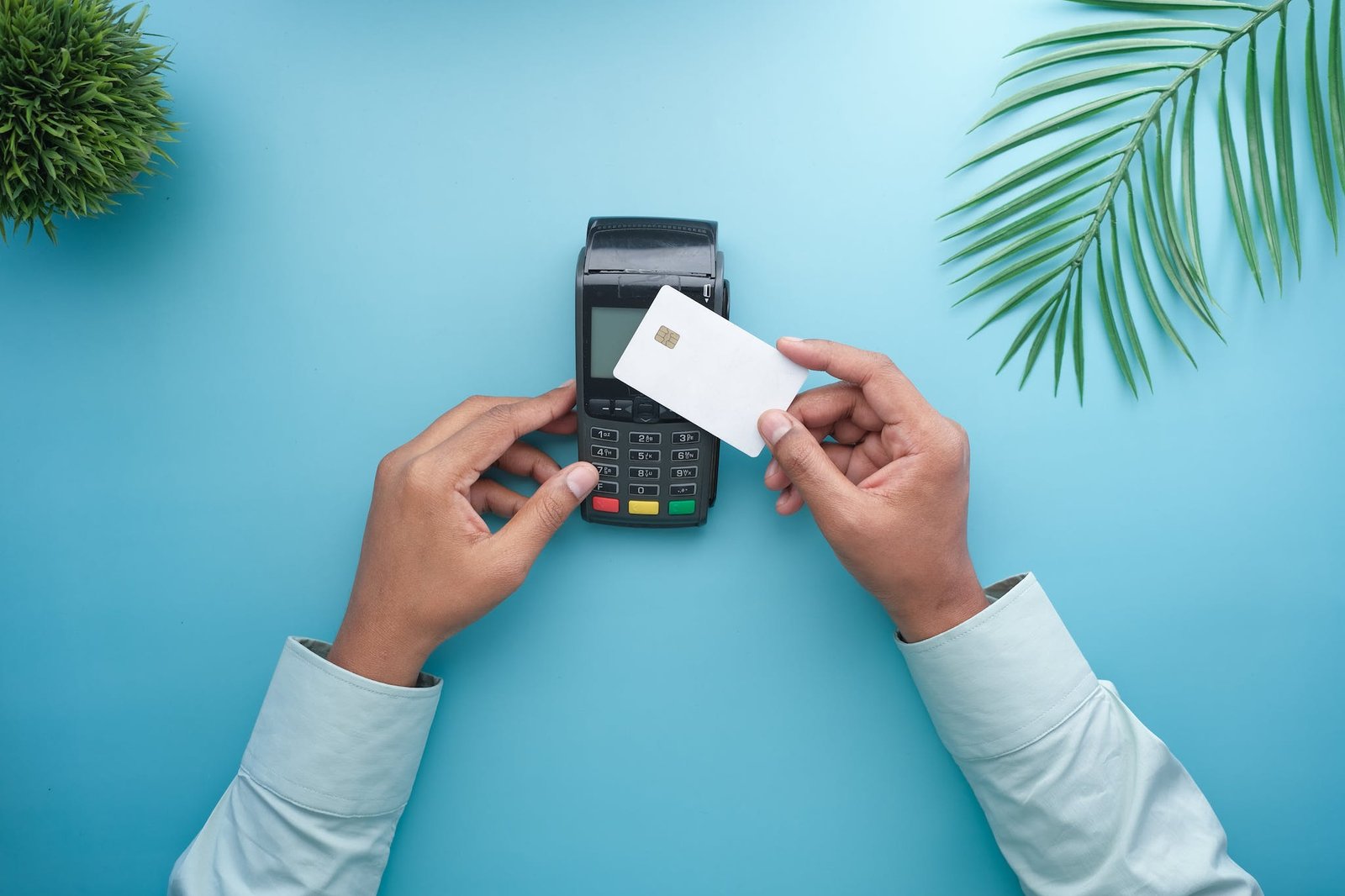In this article, we will comprehensively compare and review NFC and QR codes, two of the most popular contactless technologies used in various applications.
We will explain the advantages and disadvantages of each technology, and discuss the differences between them to help you make an informed decision.
Additionally, we will examine the effects of magnets on NFC devices to provide best practices for storing them near magnets.
By the end of the article, you should be better equipped to determine which technology is best for your project.
Key Takeaways
- Convenience: NFC and QR codes offer easy and quick data transfer methods.
- Versatility: NFC and QR codes can store various types of data.
- Security concerns: Both NFC and QR codes have potential security risks.
- Compatibility issues: Both NFC and QR codes may not be compatible with all devices.
Introduction to NFC Technology
NFC technology is a secure and efficient solution for data transfer, offering users an easy and convenient way to interact with devices via a single tap or wave.
It enables fast data transfer, with encrypted transmission for secure transfer of sensitive information. NFC is also energy efficient, using very little power compared to other technologies.
Additionally, NFC is highly customizable, allowing it to be tailored to specific branding requirements. NFC is ideal for contactless payments, digital access control, and other applications.
What are NFC Business Cards and NFC Tags
NFC technology has become increasingly popular for businesses with the introduction of NFC-enabled business cards and tags.
These tools present businesses with a convenient and efficient way to store and transfer data, allowing them to take advantage of the features and benefits that NFC technology offers.
Key Features and Uses
One of the key features of NFC and QR technology is the use of NFC business cards and NFC tags, which offer a variety of services and benefits.
NFC business cards are contactless cards that transmit data when scanned or tapped on a compatible device. NFC tags are small, programmable chips that store and transmit information when scanned or tapped.
These features allow for easy data transfer, contactless payments, customized branding, and access to secure information.
NFC and QR technology are versatile and can be used in a wide variety of applications.
The Science Behind NFC and Magnets
NFC technology is based on the principles of magnetic fields and interactions. It allows NFC-enabled devices to communicate with each other.
This article will explore how NFC works. It will also discuss the advantages and disadvantages of NFC when compared to other data transfer technologies like QR codes.
How NFC Works
An understanding of how NFC works can be gained by exploring the science behind NFC and magnets.
NFC is a two-way wireless communication technology that uses electromagnetic induction to transmit data between two compatible devices.
It uses a combination of radio frequencies and magnetic fields to create a contactless connection.
The magnetic field emitted by an NFC-enabled device is detected by the receiving device, which then creates a secure connection and allows data to be transferred.
NFC is a secure and efficient technology for quickly exchanging information without the need for physical contact.
Magnetic Fields and NFC Interactions
Using sophisticated magnetic fields, NFC interactions enable two compatible devices to securely transmit data without the need for physical contact. NFC works by creating a magnetic field between two devices, which allows them to exchange information safely and securely.
Here are the three main components of an NFC interaction:
- Two compatible devices create magnetic fields and create an electromagnetic field.
- Data is transmitted through the magnetic field between the two devices.
- The devices use encryption protocols to ensure the data is secure and protected from unauthorized access.
NFC is a fast, convenient, and secure way to transfer data between devices.
Are NFC Business Cards Affected by Magnets
As magnets power NFC technology, it is important to consider if NFC business cards are affected by magnets.
To understand the potential risks and effects of magnets on NFC business cards, it is necessary to examine real-world scenarios and tests.
Potential Risks and Interferences
Magnetic interference can be a potential risk for NFC business cards, as it can disrupt the data transfer process.
Here are a few key points to consider:
- Magnetic fields can interfere with the NFC signal, resulting in data errors or data loss.
- Appropriate shielding must be used to protect the NFC signal and prevent interference.
- The use of protective cases or sleeves is recommended to keep NFC cards safe from magnets.
To ensure successful data transfer between NFC business cards and compatible devices, it is important to take these precautions to minimize any potential risks.
Real-world Scenarios and Tests
In order to determine if NFC business cards are affected by magnets, real-world scenarios and tests can be conducted. These tests involve observing the behavior of the NFC card when exposed to magnets of varying strength and distance. The results of these tests can provide insight into the susceptibility of an NFC business card to magnetic interference.
Additionally, tests can also be conducted to measure the impact of magnetic interference on data transmission. Subjecting the NFC card to different magnetic fields can determine if the card’s ability to transmit data is affected. This information is crucial for organizations that rely on NFC technology for data transfer.
Ultimately, these tests can help organizations decide if NFC business cards are a suitable solution for their needs. By understanding the potential effects of magnetic interference, organizations can make informed decisions about using NFC business cards in environments with magnets.
Are NFC Tags Affected by Magnets
NFC tags are a popular and convenient form of data storage. However, their use can be affected by magnets.
It is important to understand the differences and similarities between NFC tags and business cards.
Additionally, knowing what protection measures can be taken and what safe practices should be followed when using the technology is crucial.
Differences and Similarities to NFC Business Cards
The similarities and differences between NFC business cards and other NFC tags and whether NFC tags are affected by magnets should be examined. Here are the key points to consider:
- NFC business cards are typically thicker than other NFC tags, making them more durable and resistant to damage.
- NFC business cards have more storage capacity than other NFC tags, allowing more data to be stored.
- Magnets do not affect NFC business cards like other NFC tags, making them more secure.
Protection and Safe Practices
It is important to understand the implications of magnetism on NFC tags to ensure safe practices when using them. Magnets can interfere with the data stored on the tag, resulting in data corruption. Therefore, it is important to keep NFC tags away from magnets and other magnetic objects.
Additionally, NFC tags should not be exposed to any liquids, as this can cause permanent damage. It should be stored in an appropriate case to protect the NFC tag from physical damage.
Best Practices for Storing NFC Devices Near Magnets
To ensure the safety and efficiency of NFC devices when stored near magnets, the following best practices should be followed:
- Always keep the NFC device at least 10 cm away from any magnets.
- Avoid exposure to strong magnetic fields, which can cause data loss or corrupt the device.
- Place the NFC device in a protective case when not in use.
Conclusion: NFC and Magnet Coexistence
Building on the best practices for storing NFC devices near magnets, it is important to recognize that NFC and magnets can coexist in close proximity if handled properly.
To ensure that NFC performance is not compromised, it is important to pay attention to the distance between the NFC device and the magnet, as well as the power of the magnet. Additionally, it is important to take into account the type of NFC device, as some are more sensitive to magnets than others.
However, if these parameters are taken into consideration, NFC and magnets can be used together without issue.
Frequently Asked Questions
What Types of Data Can Be Stored in NFC Tags?
NFC tags can store a wide range of data, including text, URLs, contact information, and even small media files. They can also store small amounts of data in the form of NDEF messages, specifically designed for NFC communication.
Can NFC Tags Be Used to Track the Location of an Object?
Yes, NFC tags can be used to track the location of an object. Attaching an NFC tag to an item can be scanned to determine the object’s location. NFC tags can also be used to store additional data, such as the time and date of the scan.
What Are the Differences Between NFC and Bluetooth-Based Data Transfer?
NFC and Bluetooth-based data transfer differ in terms of range, power usage, speed, security, and compatibility. NFC offers shorter range and faster data transfer than Bluetooth, but requires more power. NFC is also generally more secure and compatible with more devices, whereas Bluetooth is more widely available.
How Does the Range of NFC Compare to That of QR Codes?
The range of NFC is generally shorter than that of QR codes. NFC usually has a range of about 10 cm, while QR codes can be read from greater distances, depending on the size and quality of the code.
Conclusion
NFC technology has become an increasingly popular contactless technology for data transfer.
Although there may be some concerns about the effects of magnets on NFC business cards and tags, these issues can be mitigated by using proper storage practices and avoiding exposure to strong magnetic fields.
By understanding the science behind NFC and magnets, users can be confident that their NFC devices will remain safe and secure in the presence of magnets.






